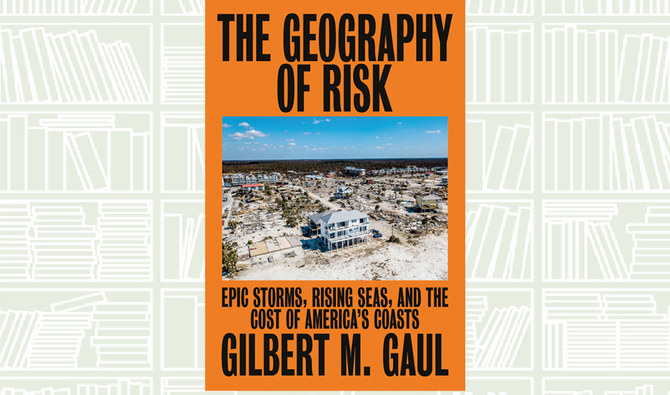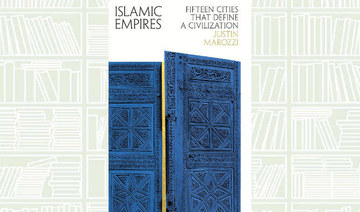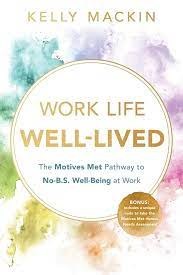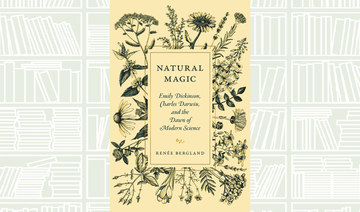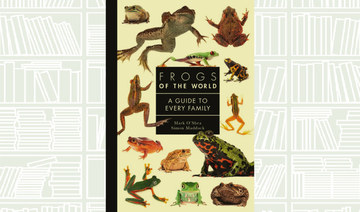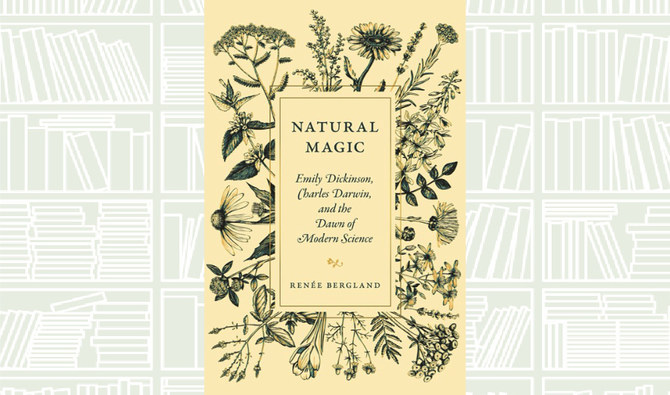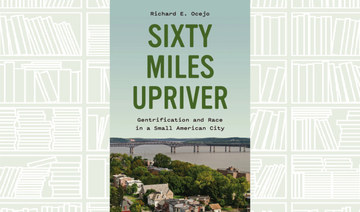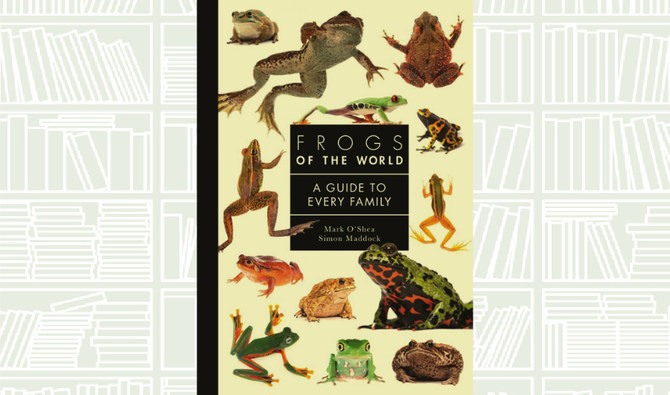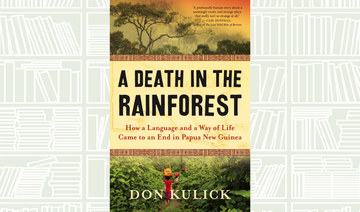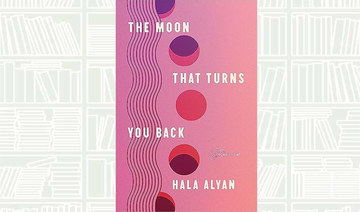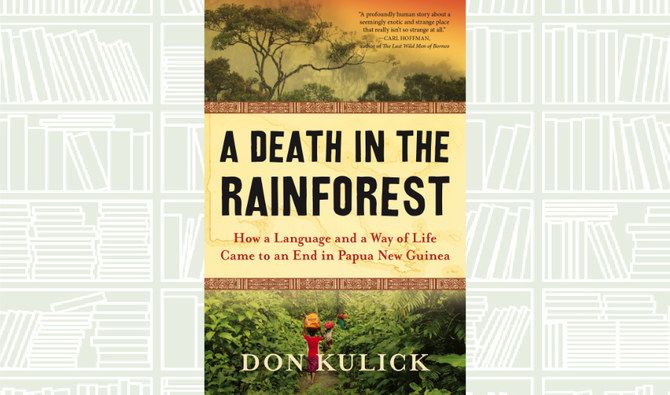Hurricanes and other coastal storms create more costly damage than do earthquakes, tornadoes and wildfires combined, and 17 of the 20 most destructive hurricanes in history have occurred since 2000.
“The Geography of Risk will forever change the way you think about the coasts, from the clash between economic interests and nature, to the heated politics of regulators and developers,” said a review in goodreads.com.
“This book is fairly comprehensive in its history of coastal development, with particular emphasis on the back bays of New Jersey but also discussing development all the way South to Florida and up along the Florida Gulf Coast all the way to Galveston Bay and Houston, with detailed discussions of Mobile and New Orleans along the way,” said the review.
“And even discounting its heavy emphasis on global warming/global cooling/climate change ... whatever the alarmists are calling it these days, the book paints a stark picture about just how much coastal redevelopment costs people all over the country n the post-Second World War era,” said the review.



